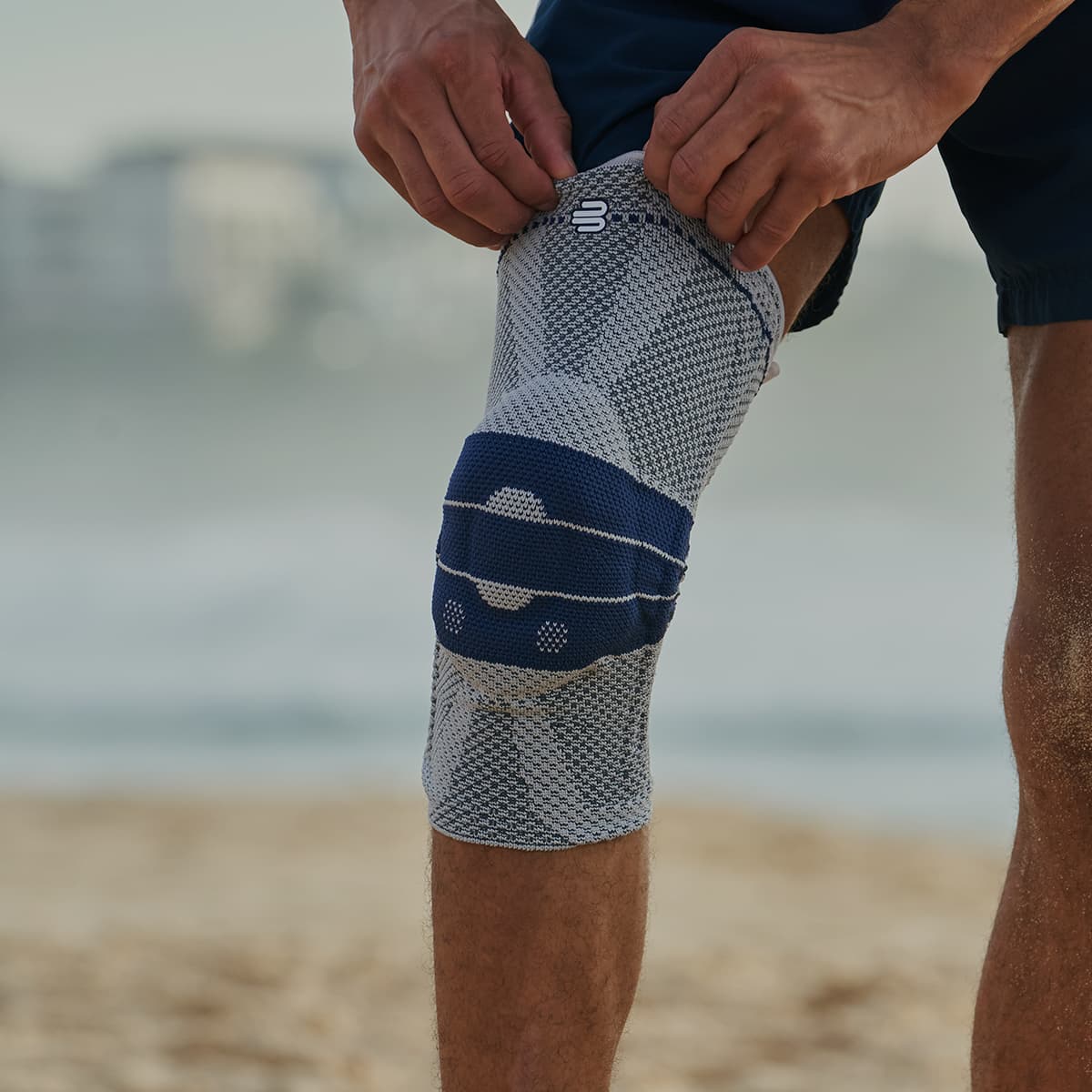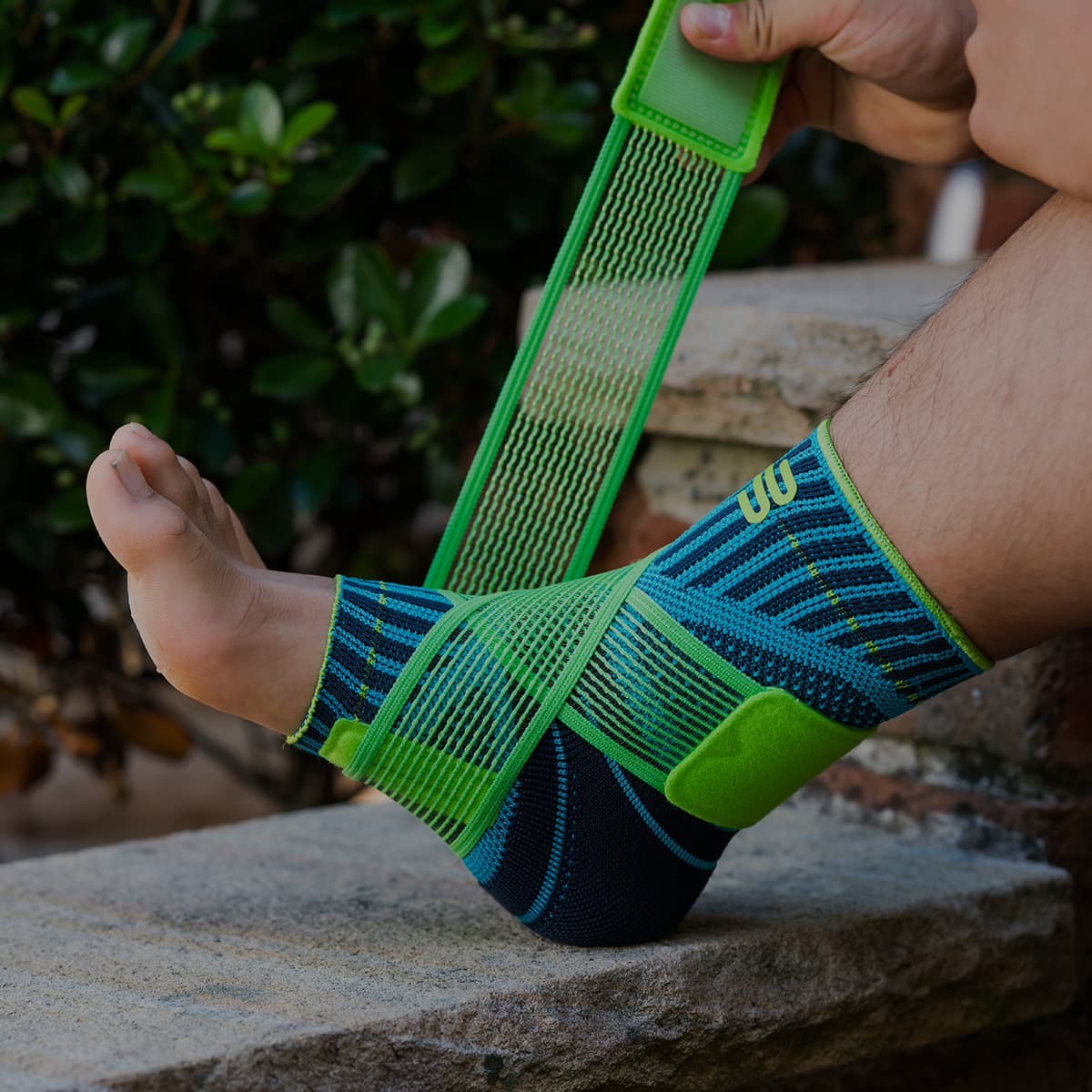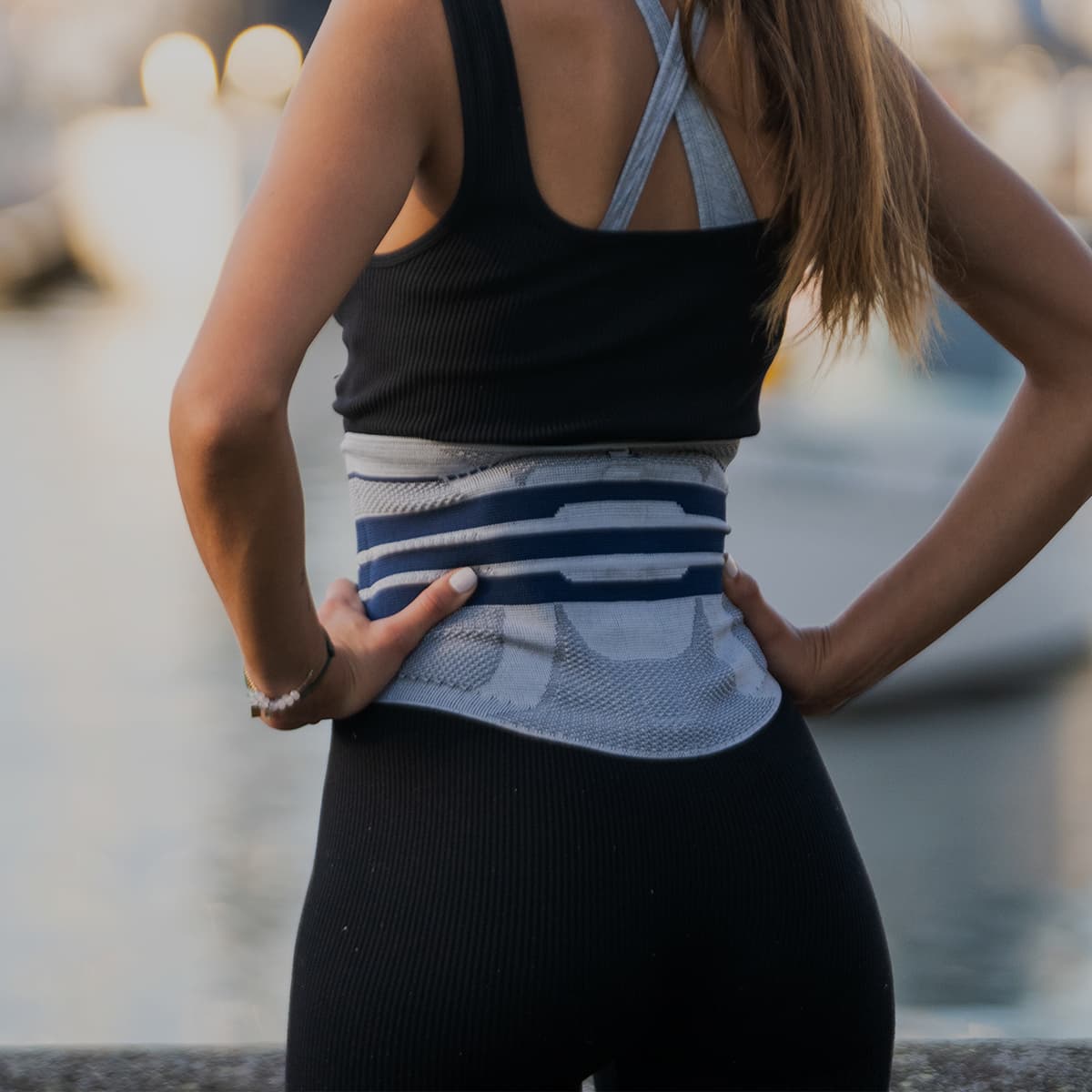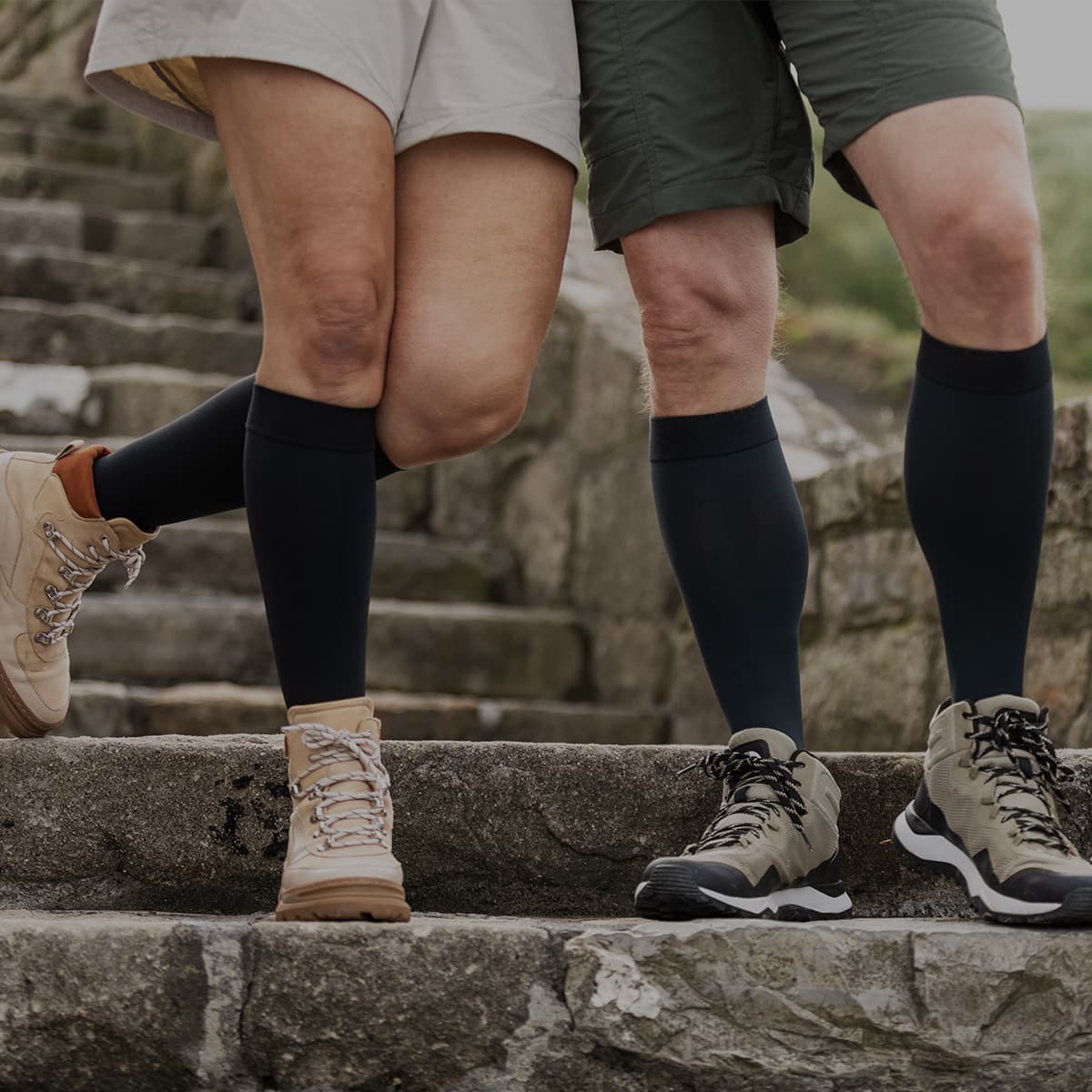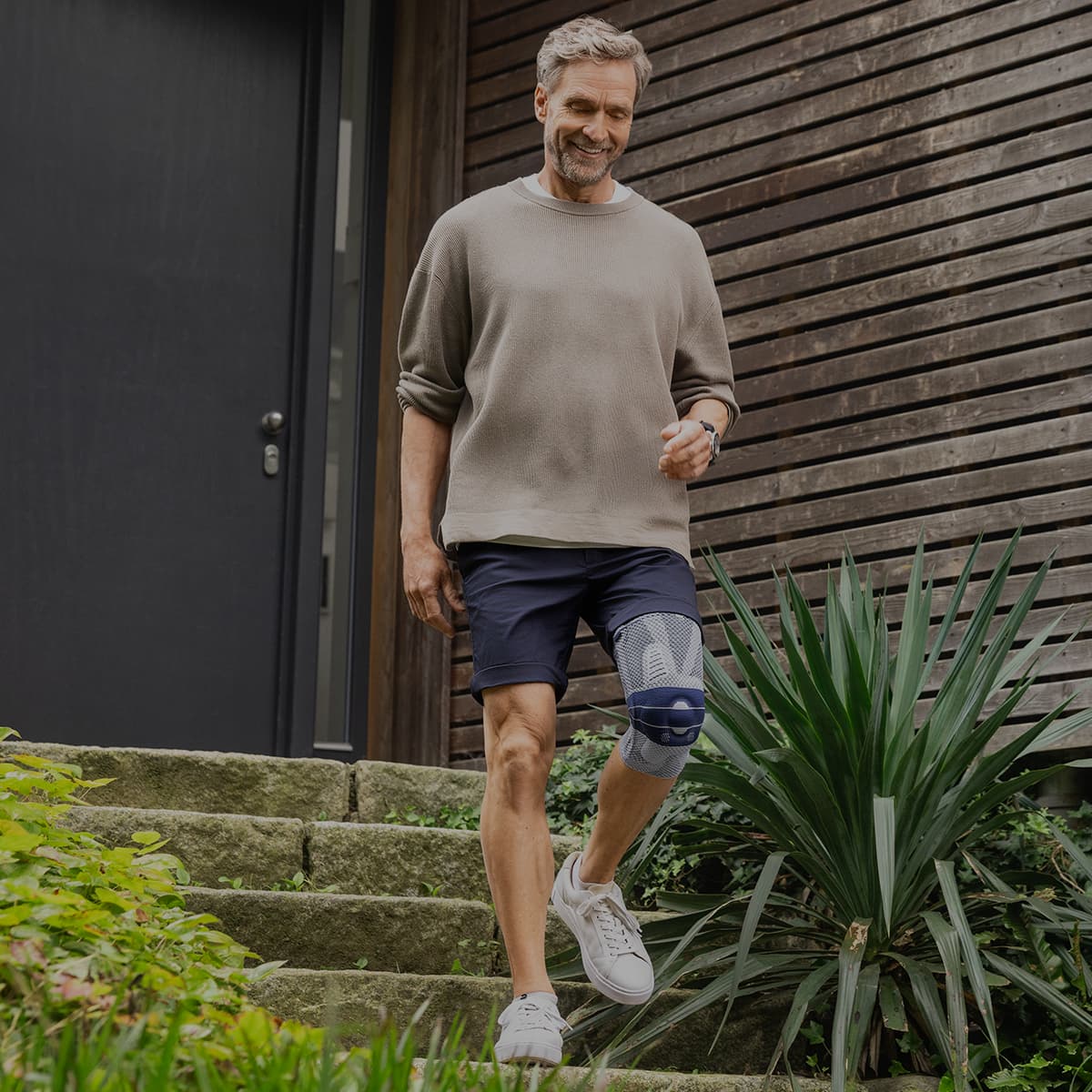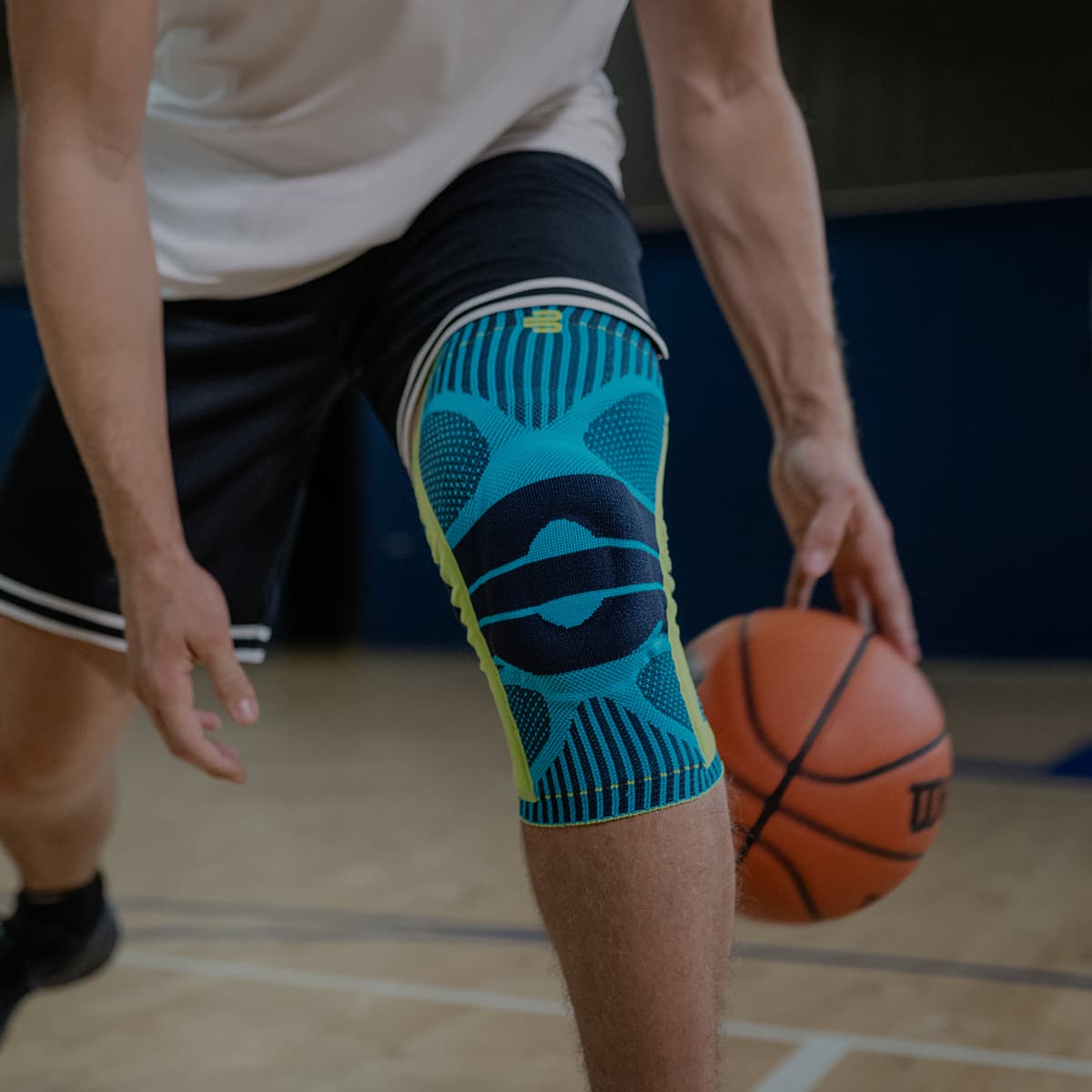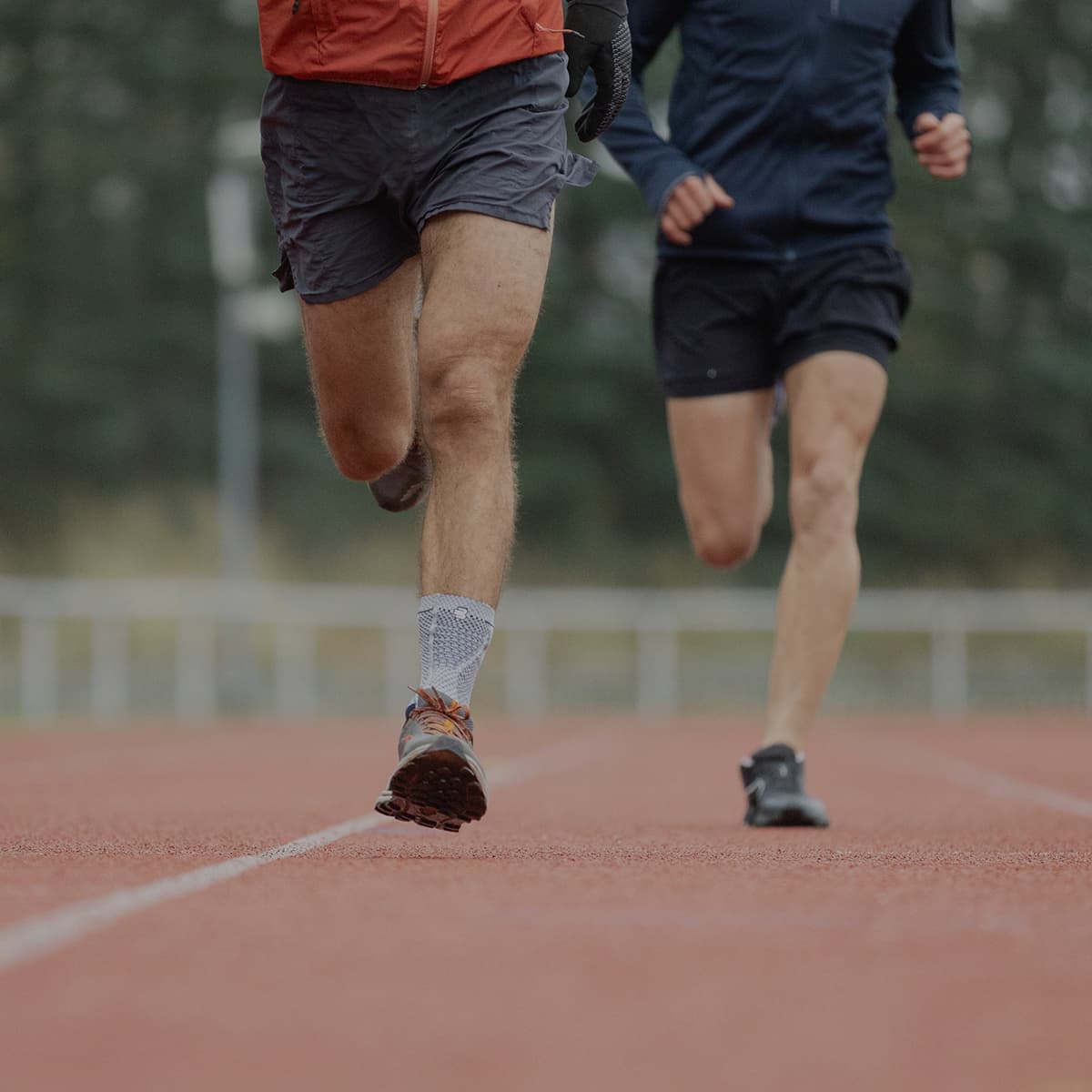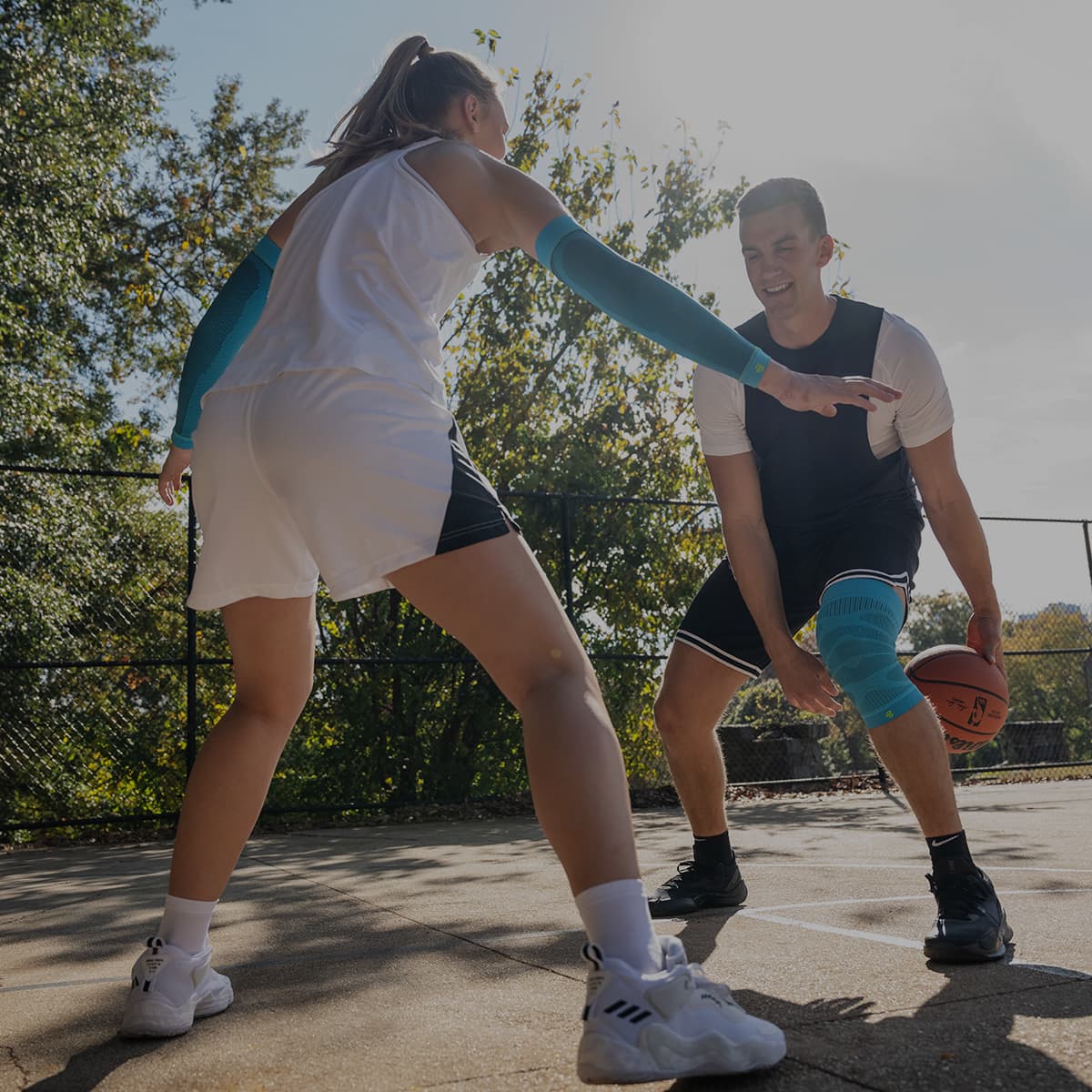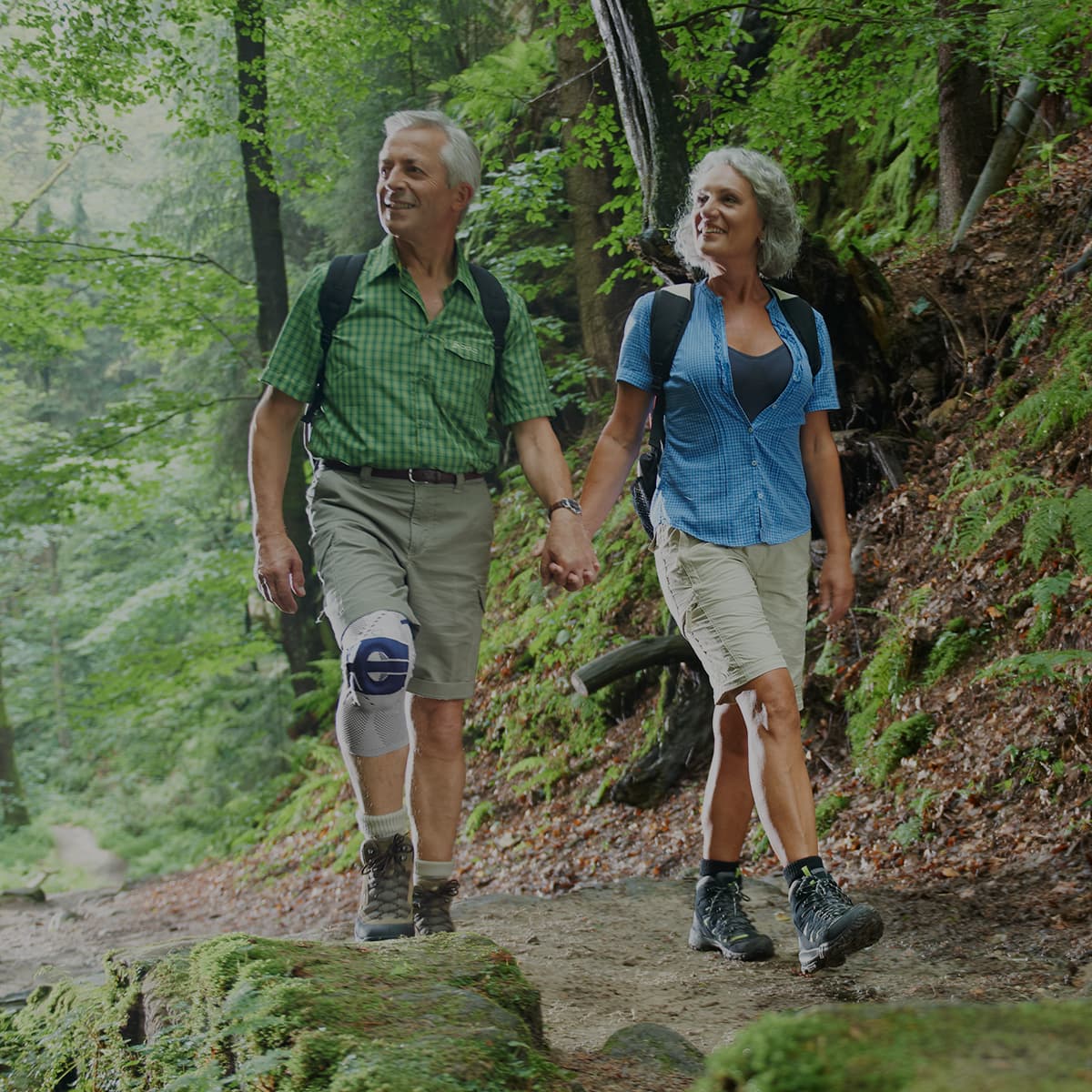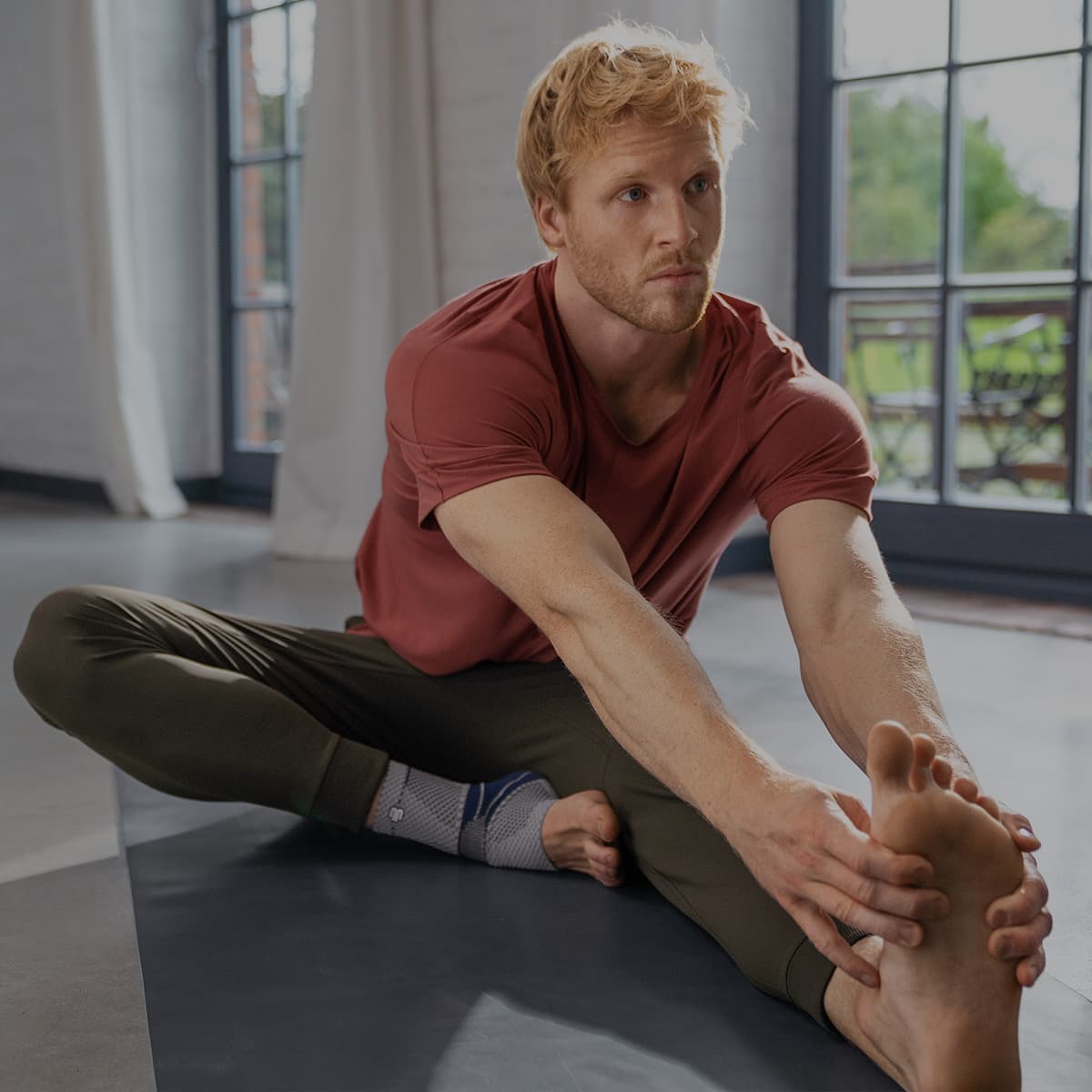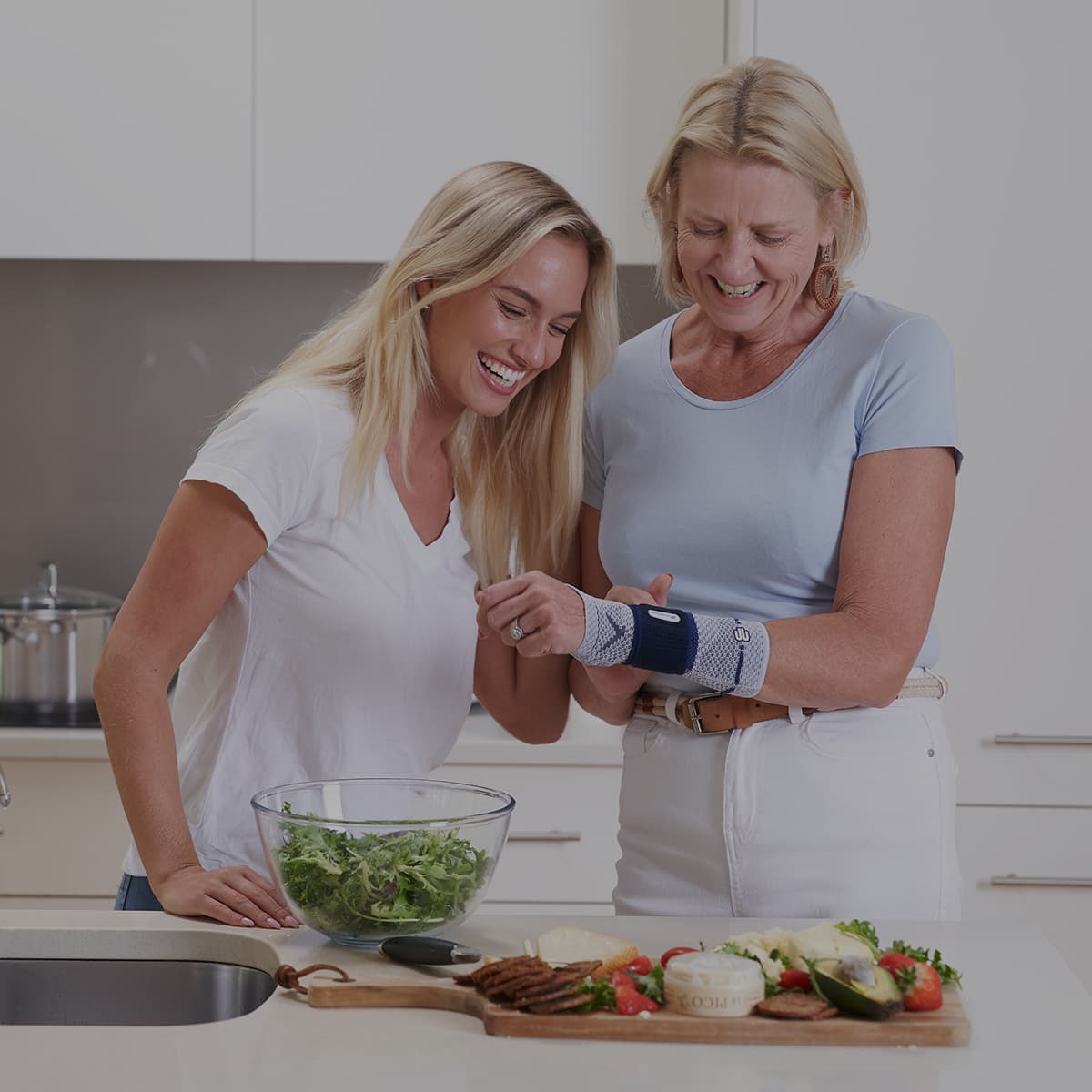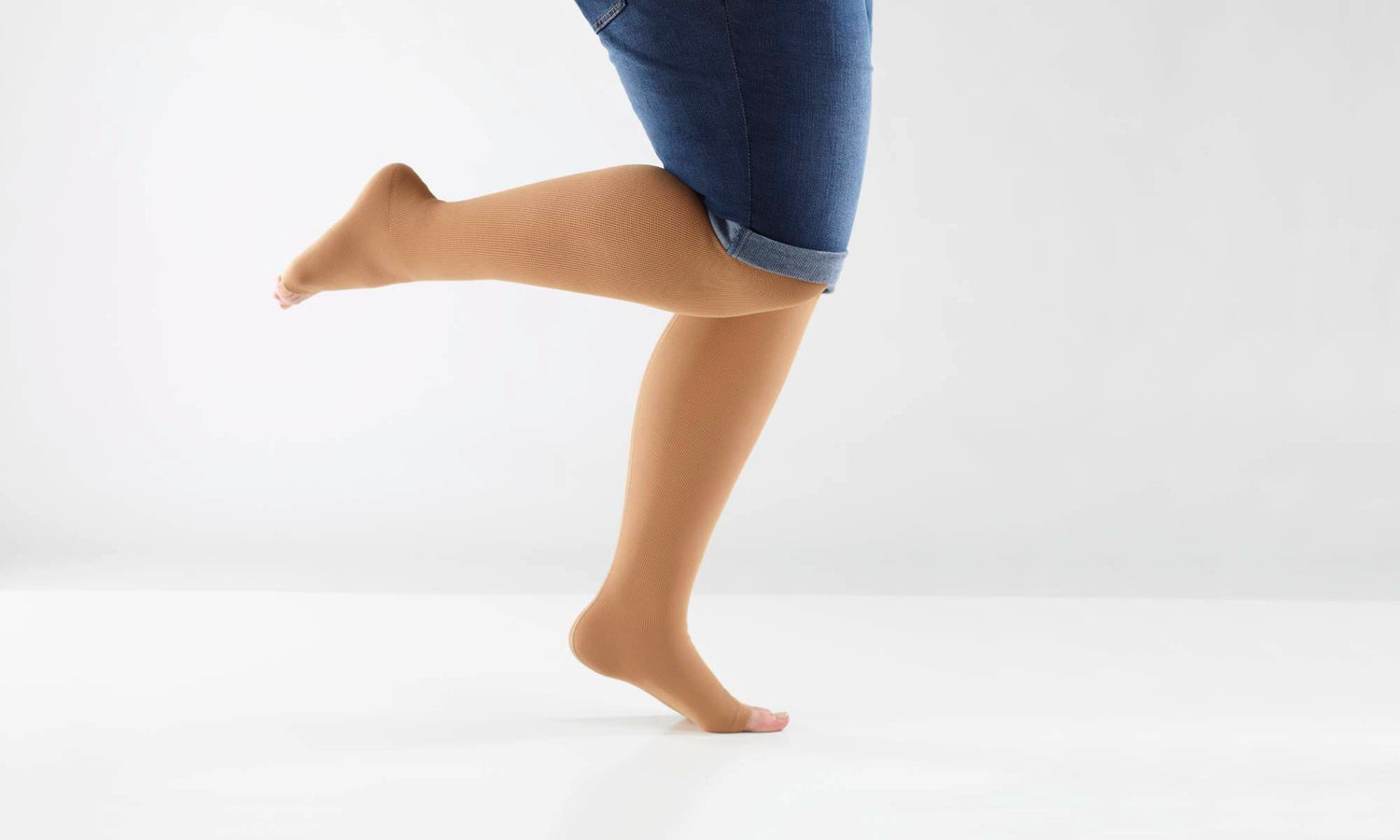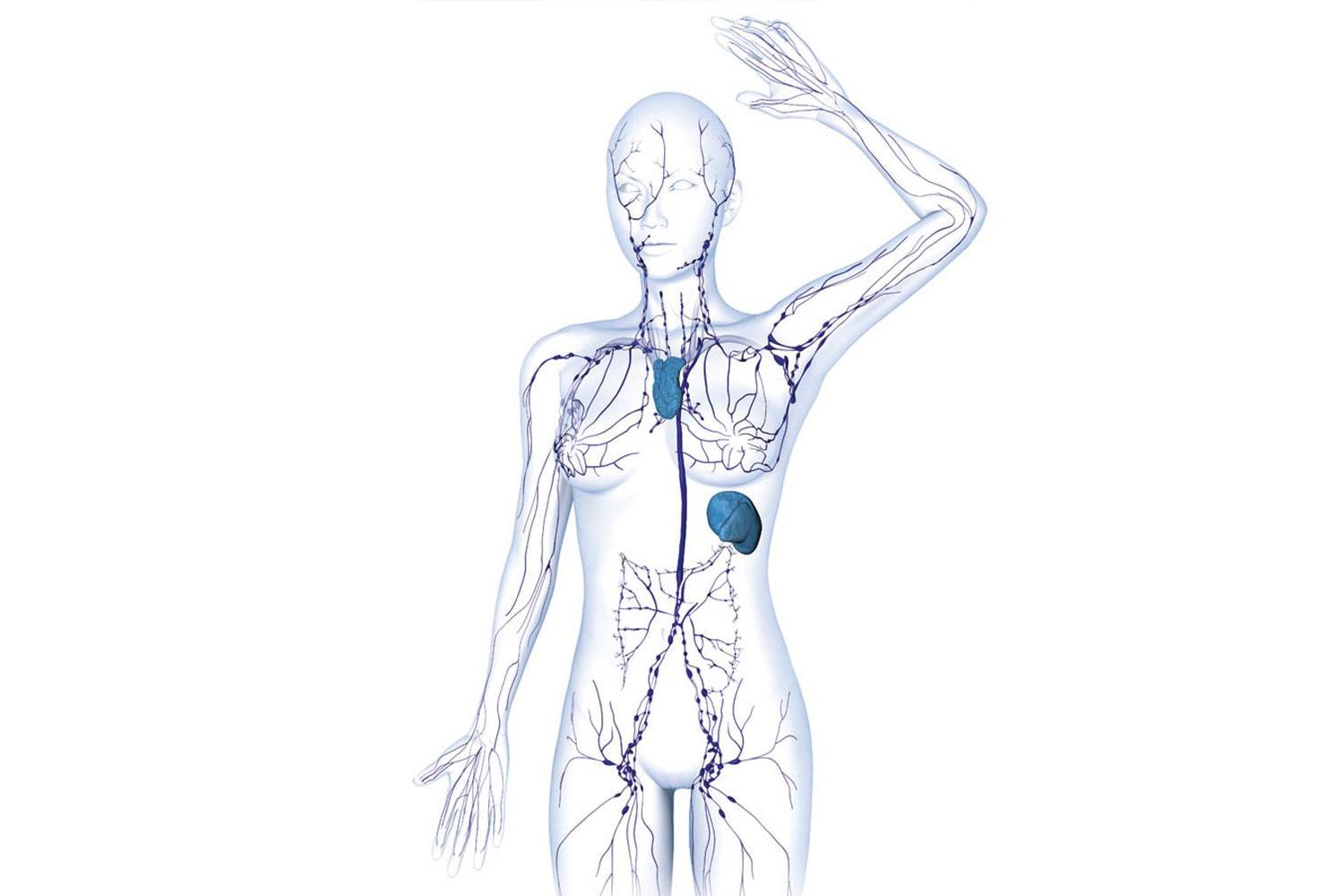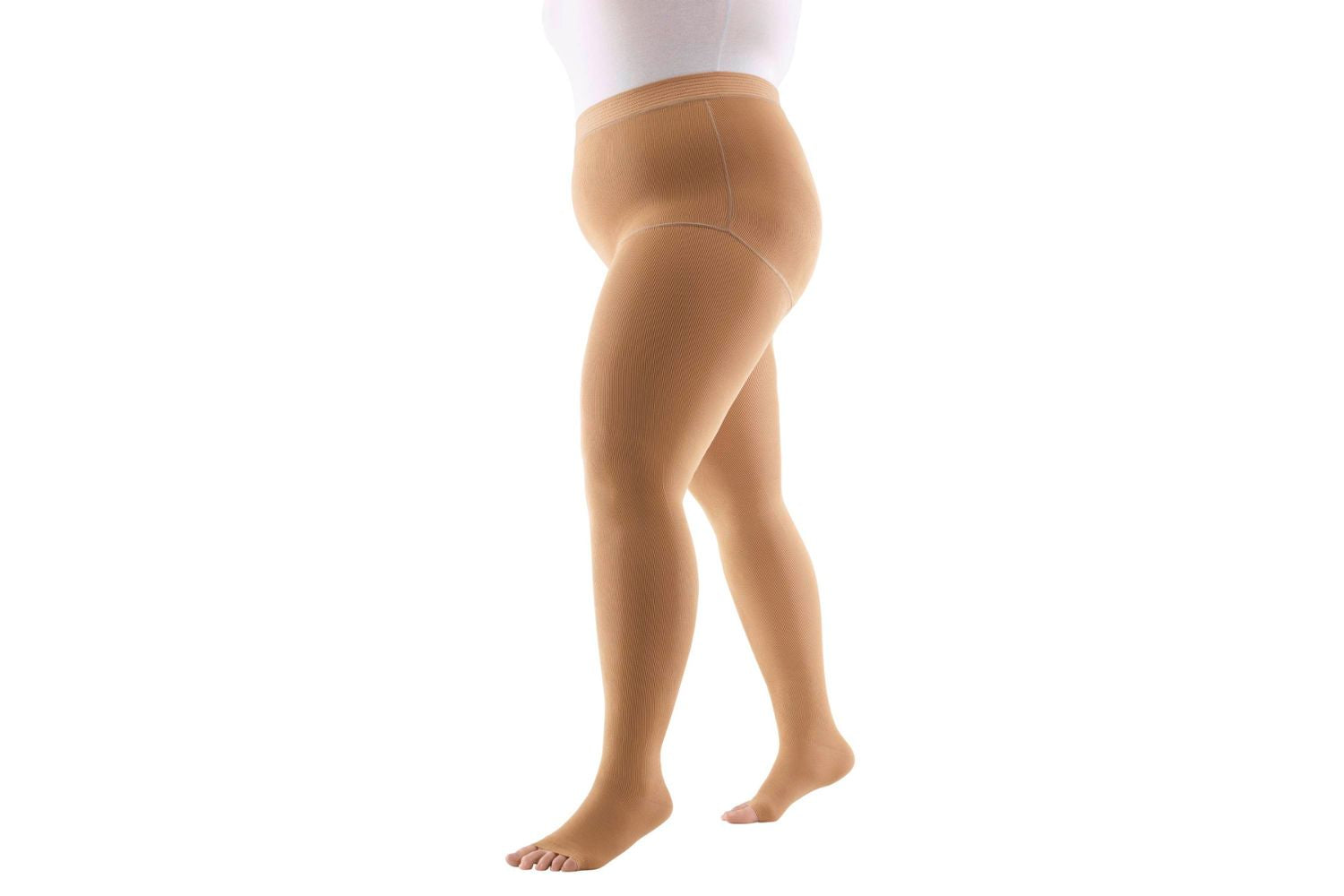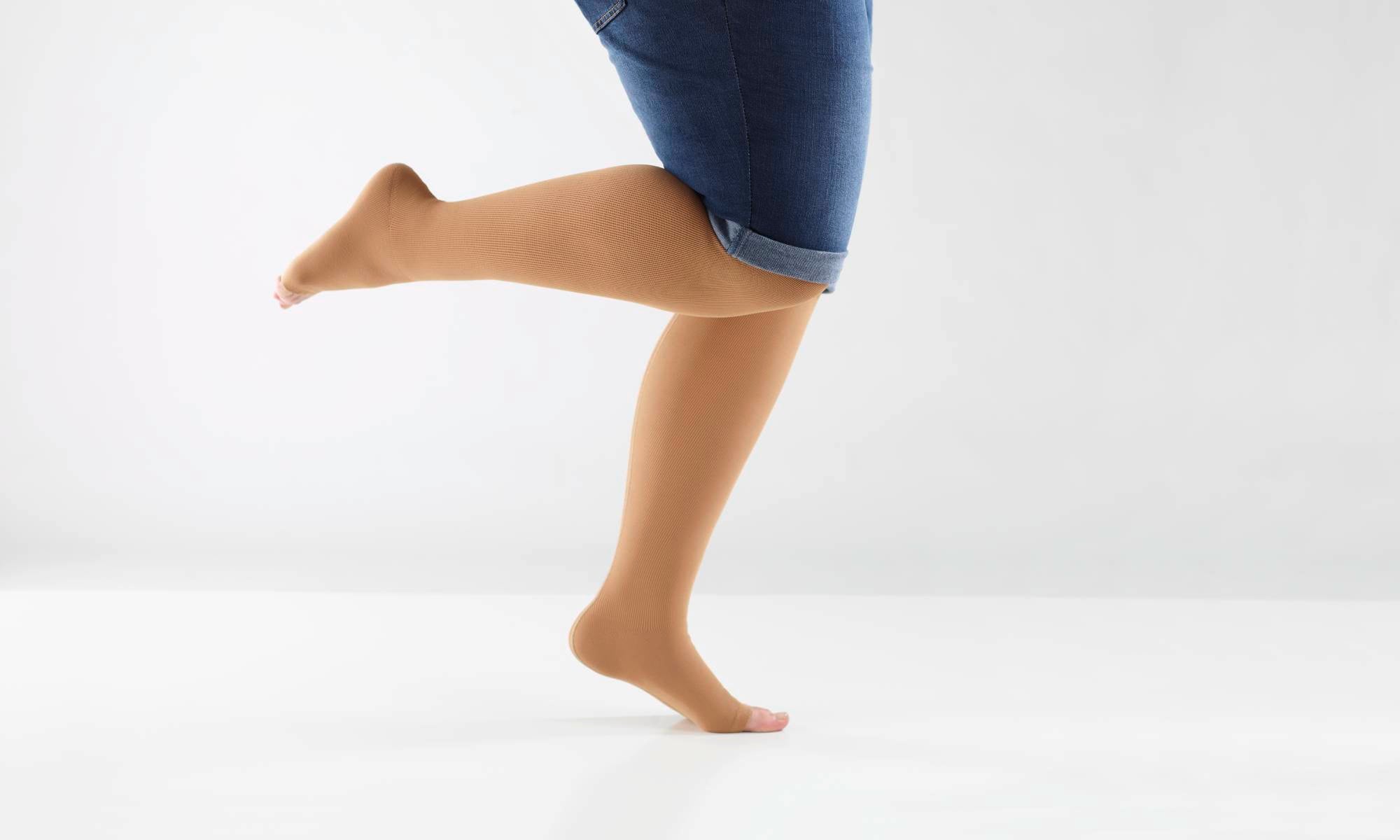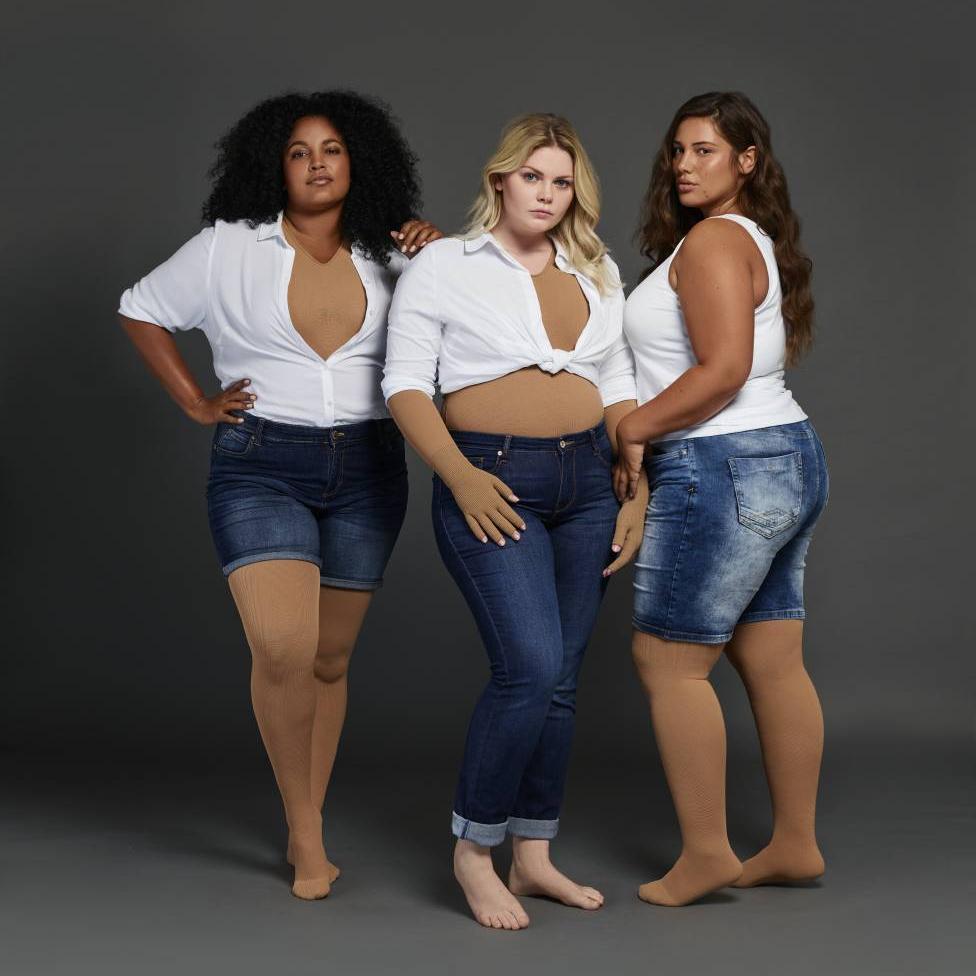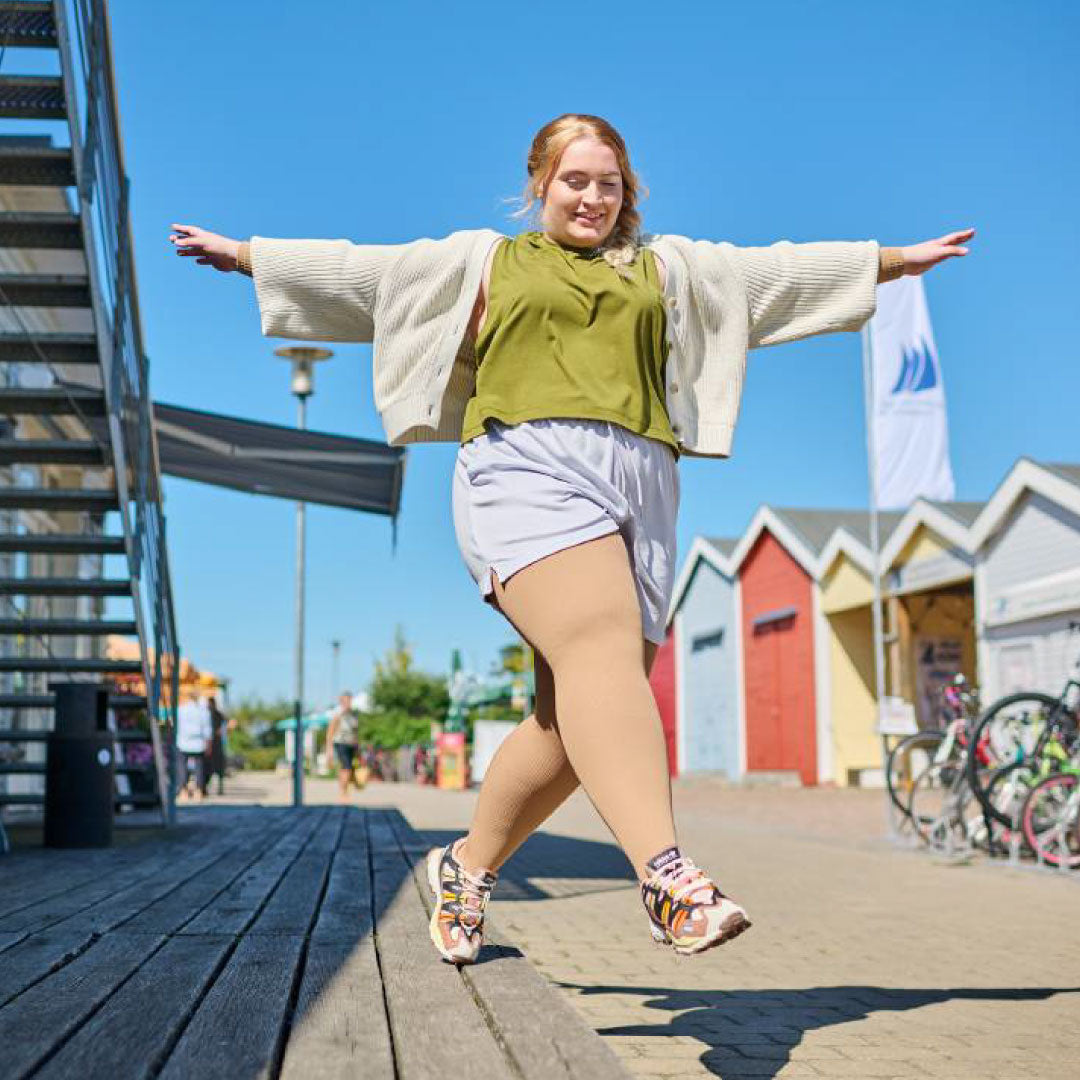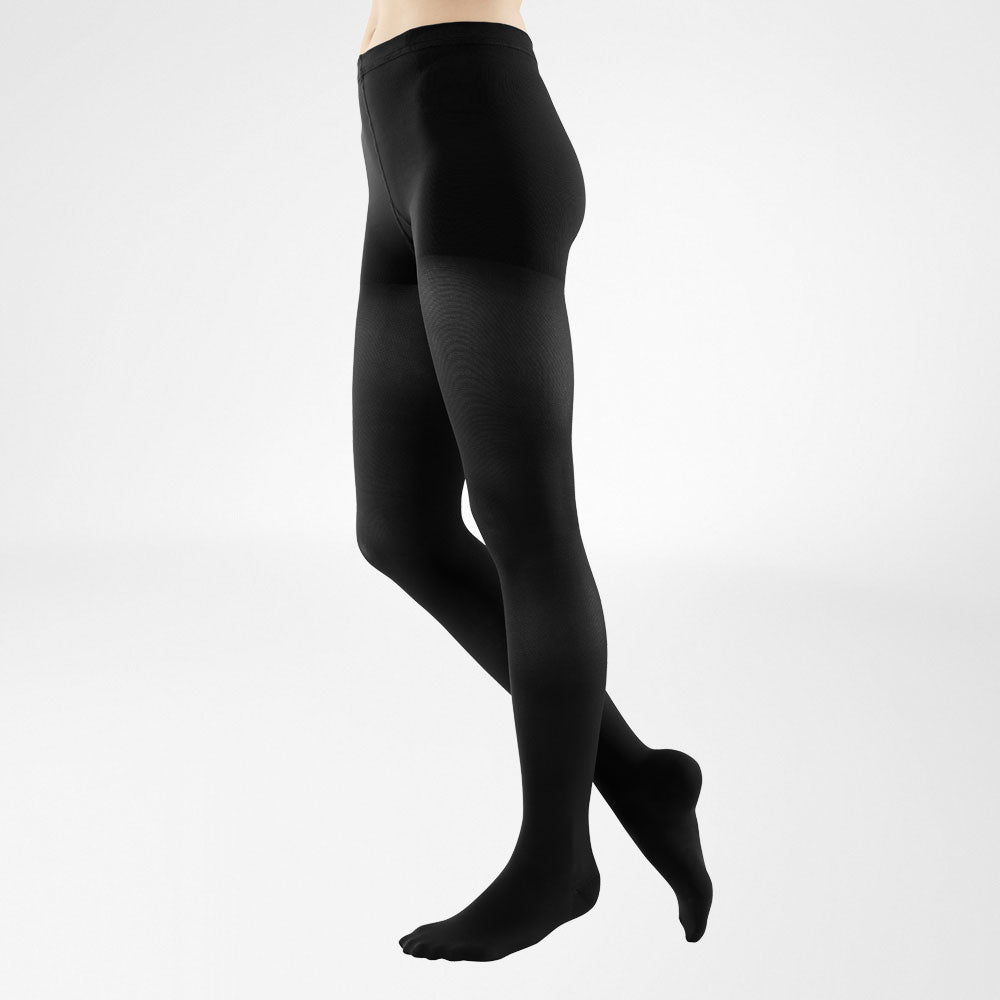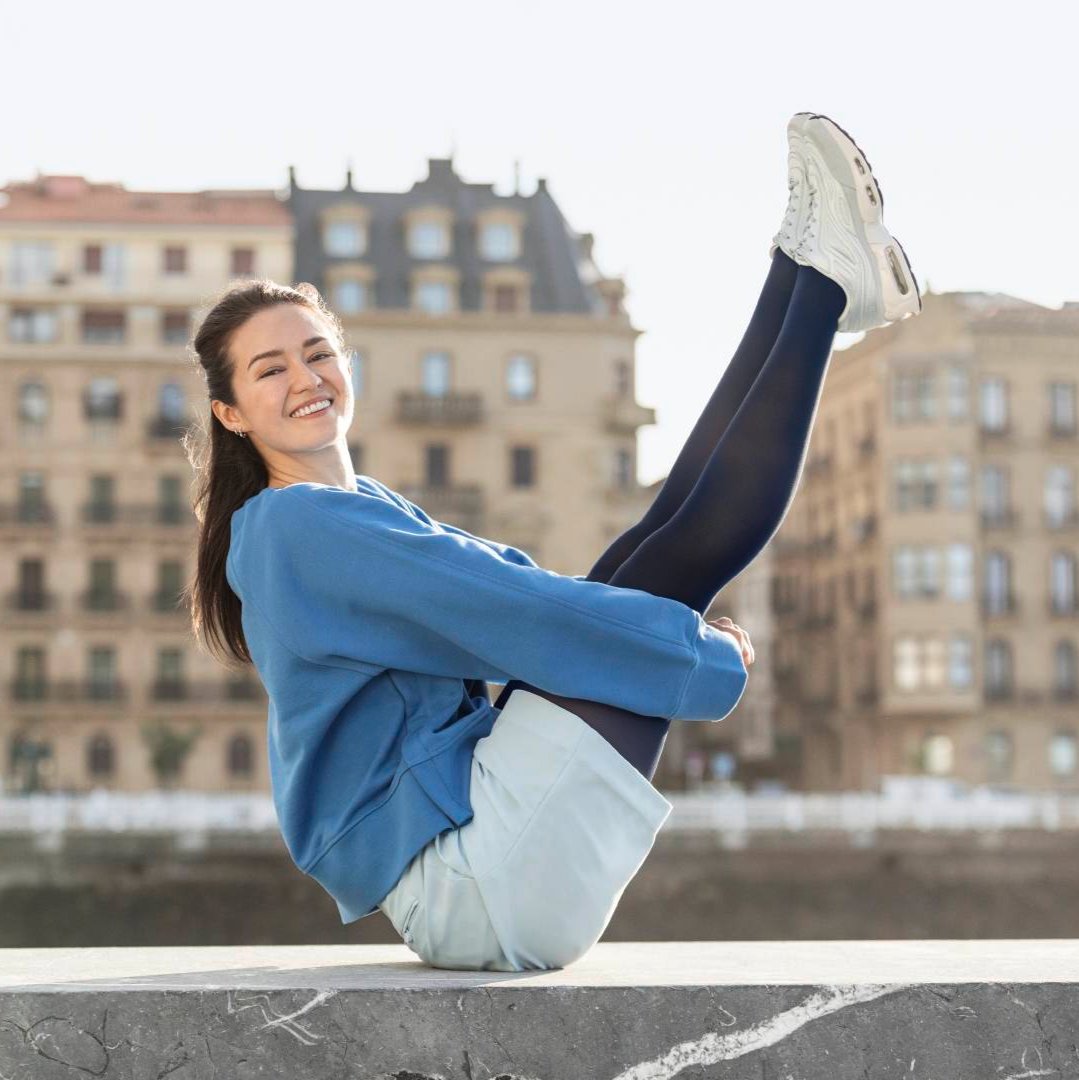A healthy diet and ample exercise are practical tools in maintaining well-being in most people. A regular routine helps regulate the fat levels in our bodies.
Some women, however, might suffer from a fat distribution disorder that results in uneven deposits in the lower half of their bodies.
Lipoedema is a condition that results in the uneven deposition of fat under the skin. A patient suffering from Lipoedema usually has disproportionate lower bodies, typically large thighs, despite a healthy diet and regular exercise.
Mild cases involve disproportionate body shapes due to uneven fat distribution. A patient experiences sensitive skin and pain under stress. If left untreated in the long term, this can have severe consequences, and the symptoms can get progressively worse.
Causes of Lipoedema (Lipedema)
Lipedema is the direct result of excessive fat buildup in the body. It almost exclusively affects women and is relatively common. Around 11% of Australian women suffer from Lipoedema.
Lipoedema in Ladies
- Lipoedema is almost exclusively a disease of the female gender. Scientists believe this is because of the malfunction of hormones exclusive to women.
- Symptoms first appear around puberty and tend to progressively get worse with age. Pregnancy and menopause also seem to exacerbate the condition.
- Having a history of the condition (for example, in older women in the family) can significantly increase the risk of developing a fat distribution disorder.
*Note: Lipoedema is very difficult to diagnose. It can be easily confused with regular weight gain, and hence, it is suspected that a large number of cases are currently undiagnosed.
Lipoedema Symptoms
The symptoms of lipedema depend on the extent of the condition's progression. The disease is progressive, i.e., the symptoms tend to get worse with time and neglect.
The disease primarily affects the lower half of the body (thighs, buttocks and lower legs). It is rarely seen on the arms.
The most commonly known identifying factors of lipedema include:
- Increased fat deposits in the lower body, especially in the thighs, result in a disproportionate body shape. This build-up occurs despite regular exercise and a relatively healthy diet.
- Clothing around the infected thighs begins to feel tighter.
- There is significant pain and discomfort in the affected thighs under stress.
Patients experience heaviness in the legs and ankles, which significantly reduces the quality of life. - The likelihood of bruising and swelling significantly increases. Patients often report discovering spots on their legs with no noticeable trauma.
Chronic Case of Lipoedema
In chronic cases, fat deposit build-up can lead to stiffening in women's lower bodies. Some patients develop overlapping folds of fat over the ankles. The skin feels cold and is often covered in bruises.
A patient’s mobility is severely restricted, and they experience persistent pain under most circumstances.
If any signs of the condition are detected, immediate medical attention is highly recommended. The earlier the diagnosis, the better the prognosis. Early treatment can help manage complications and reduce long-term degeneration.
Diagnosis of Lipoedema
A timely diagnosis of lipoedema is very difficult. The symptoms are often masked as regular weight gain and obesity.
- A complete physical examination helps the physician investigate the most common symptoms.
- The physician checks for symmetry in the legs (deposit of fat), signs of disproportionate body size (Upper body vs. lower body), and signs of bruising.
- Applying pressure on the thighs can help check for increased sensitivity and pain.
- Sophisticated imaging technology, such as Ultrasound, can confirm the patient’s medical history and provide an idea of the uneven fat distribution in the lower body.
Treatment for Lipoedema
Treatment for Lipoedema is predominantly conservative. The disease is not curable. The treatment thus focuses on relieving swelling and avoiding water retention in the cells. A few proven measures include:
Changes in Lifestyle
Simple changes in day-to-day lifestyle can have significant benefits in treating lymphedema. Regular exercise to lose weight and stay healthy reduces the stress on the arms and hands, as well as swelling. Weight loss and reducing obesity, for example, help relieve pain and discomfort in most patients.
Lipedema Diet
Strict dietary changes are highly recommended. Following a lipedema diet, which is low in sugars, carbohydrates, and fats, should be followed.
Patients should note dietary intakes like alcohol or gluten that might lead to increased arm swelling.
Certain foods and drinks should be avoided to limit the impact of external triggers.
Regular skin care, with moisturiser and creams to soothe the skin, provides relief from the discomfort most patients feel.
Rehabilitation Exercise and Lymphatic Drainage Massage
Exercise can help lose weight and increase blood circulation through the affected arms and hands.
Boosting blood circulation can help strengthen the muscles and facilitate healing.
Lymphatic drainage massage can also stimulate the surrounding area and naturally encourage lymph fluid drainage.
Patients undergoing lymph drainage once or twice a week have reported immense benefits.
Compression Therapy
Compression therapy is the gentle application of pressure on the affected area using a medical compression bandage.
Compression stockings for lipedema, like the VenoTrain CuraFlow, can significantly improve a patient’s quality of life.
Regular use of a compression bandage is instrumental in preventing the progression of lipoedema.
The compression helps encourage the flow of lymph fluid out of the affected thighs and can greatly reduce swelling.
*NOTE: Clipping nails regularly can help reduce the likelihood of bruising or injury to the skin.
An everyday routine combining the above helps slow and stop the progression of the disease and has immense long-term benefits.
Compression Stockings: Prevention of Lipedema

VenoTrain CuraFlow
Contact our team to order your pair.
Compression stockings like the VenoTrain CuraFlow are particularly effective in both preventing and managing the progression of lipoedema.
The fine-meshed knitted fabric applies medical-grade compression on the affected limb. The even tissue compression ensures increased lymph fluid drainage from the thighs and prevents swelling in the legs.
The Venotrain Curaflow's high microfiber count makes it particularly soft and breathable. Bauerfeind offers premium, German-engineered active compression that is made to perfect measure and is very comfortable relative to generically sized and commonly available products.
Please contact us at info@bauerfeind.com.au to order the VenoTrain CuraFlow stockings.
As a preventative measure, we recommend wearing VenoTrain compression stockings to work or during daily activities if you have a genetic predisposition to or are more likely to develop lipedema.
VenoTrain Micro stockings provide controlled, gradient compression, with maximum pressure at the ankles, decreasing gradually up the leg. This helps support the lower parts of the leg, primarily affected by lipedema.
This stimulates blood circulation to help relieve pain and swelling caused by lipedema. Made with 50% microfibre, the moisture-wicking material is breathable, soft, and gentle on your skin.

